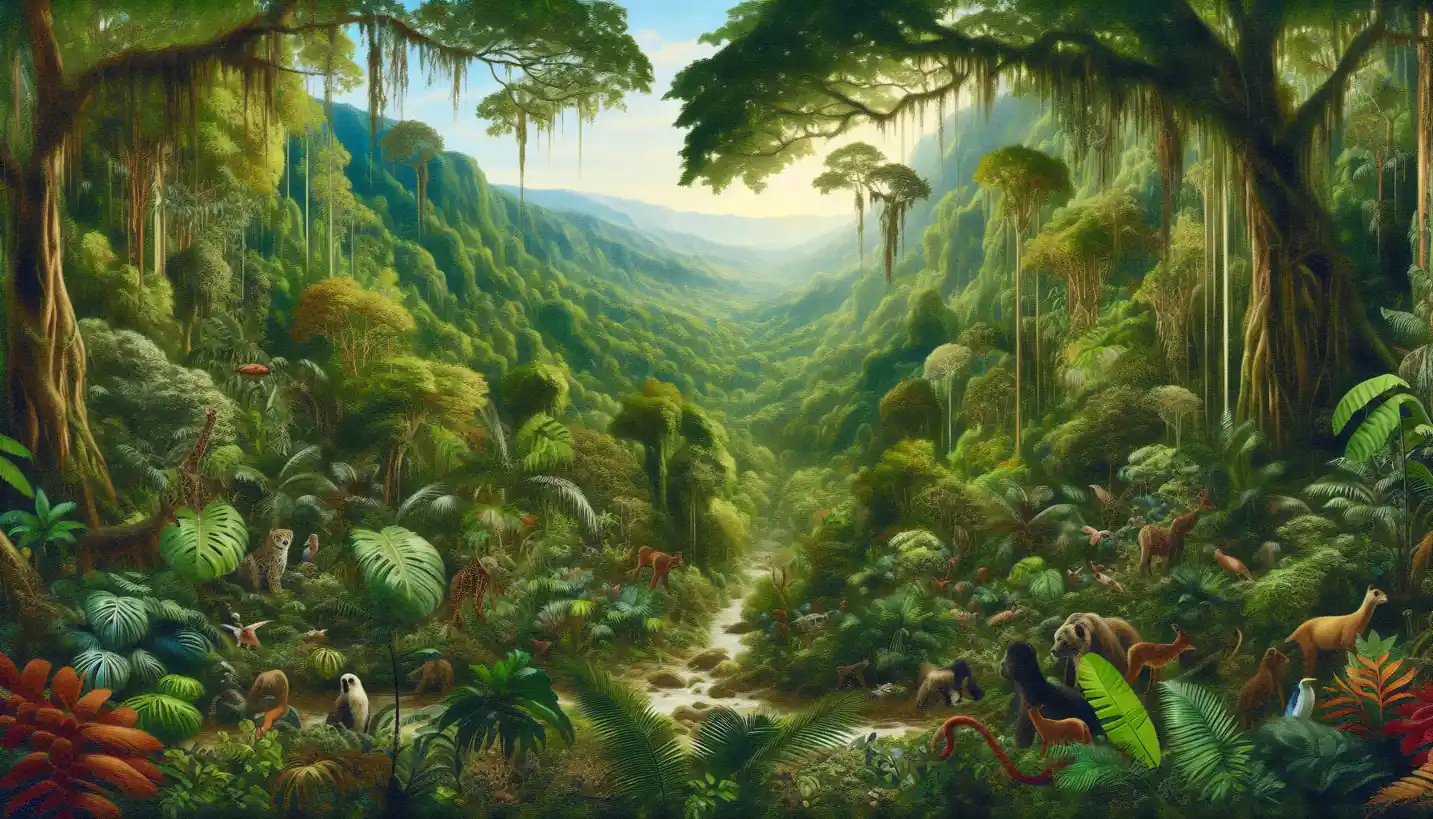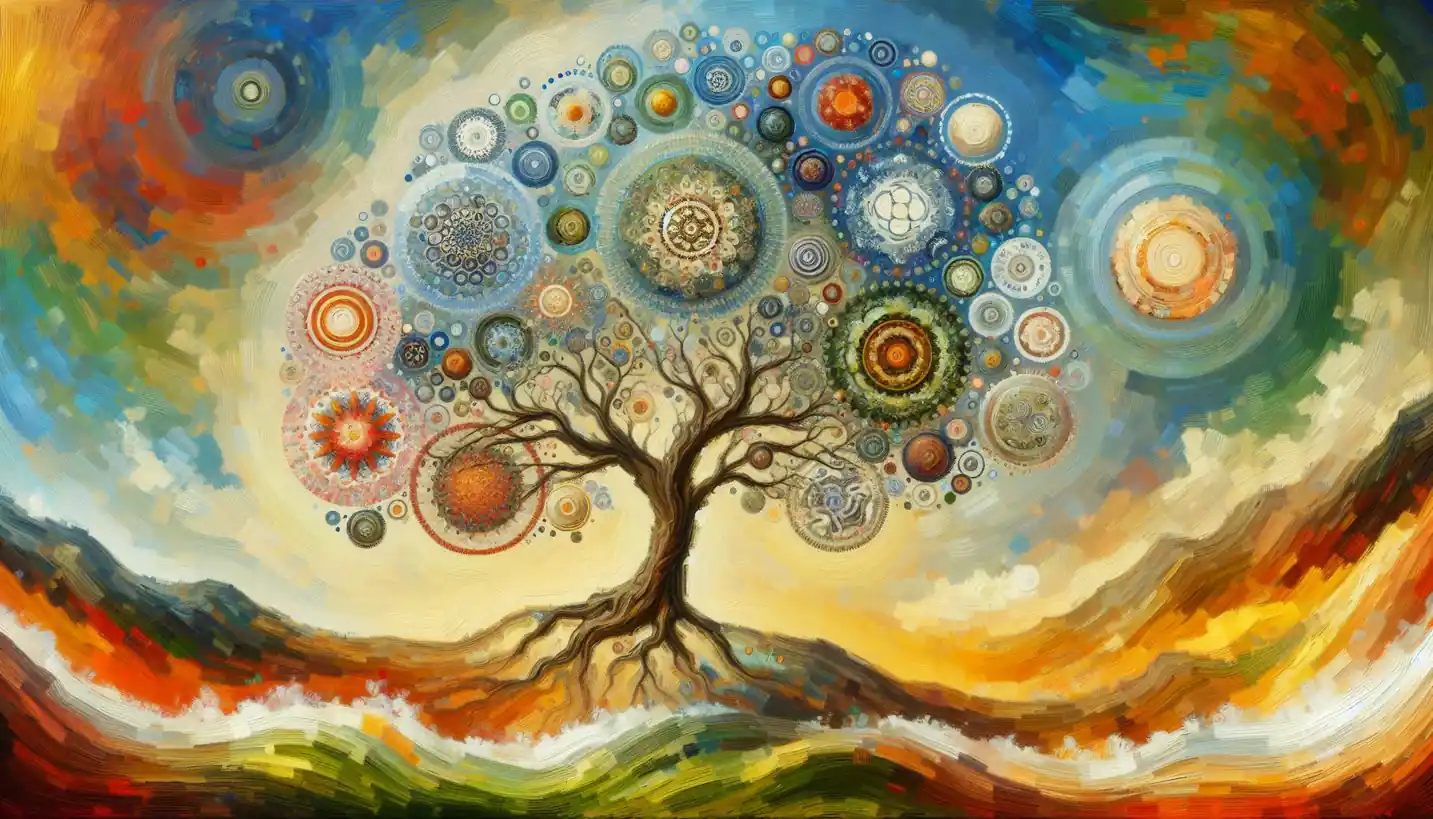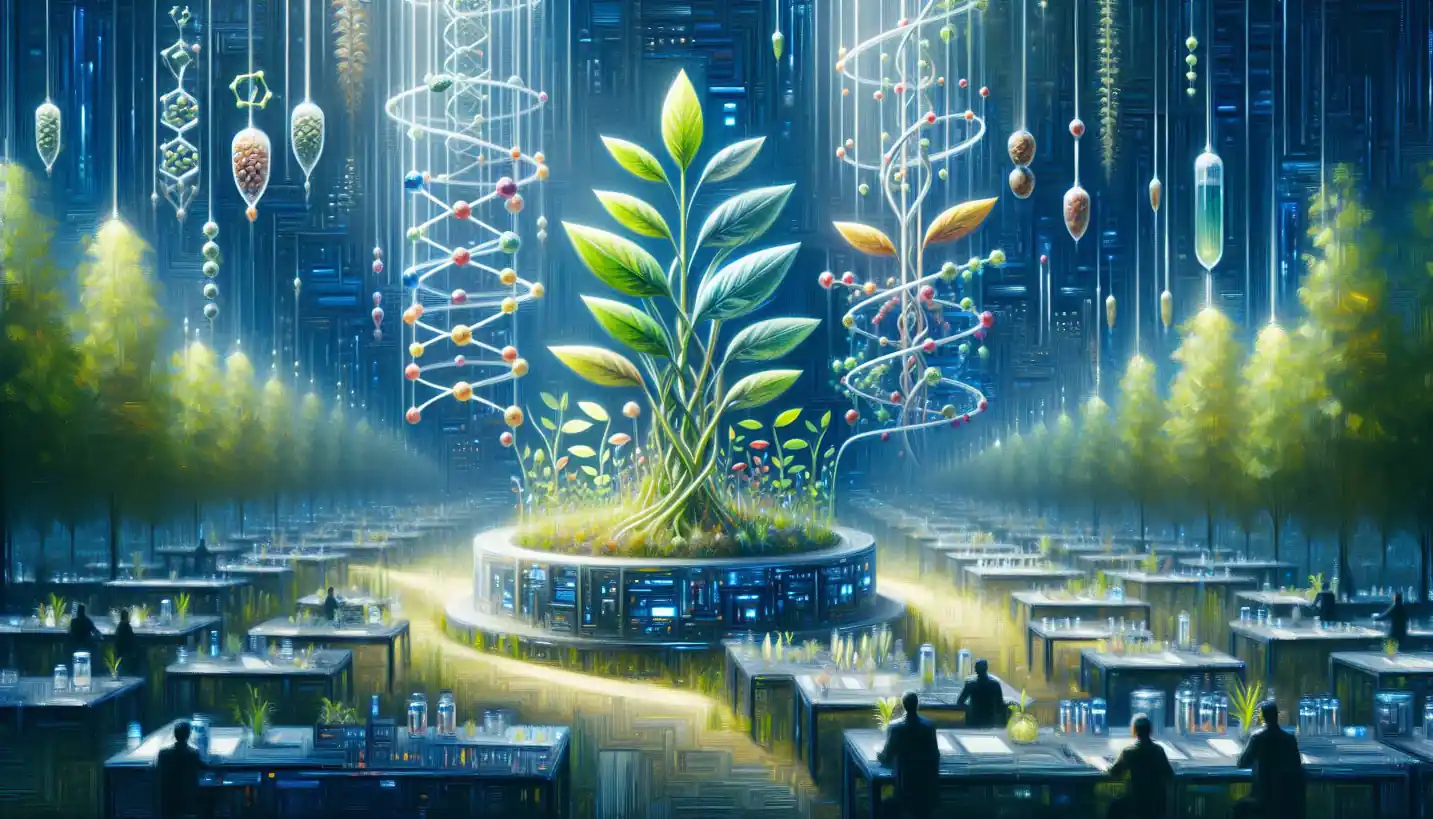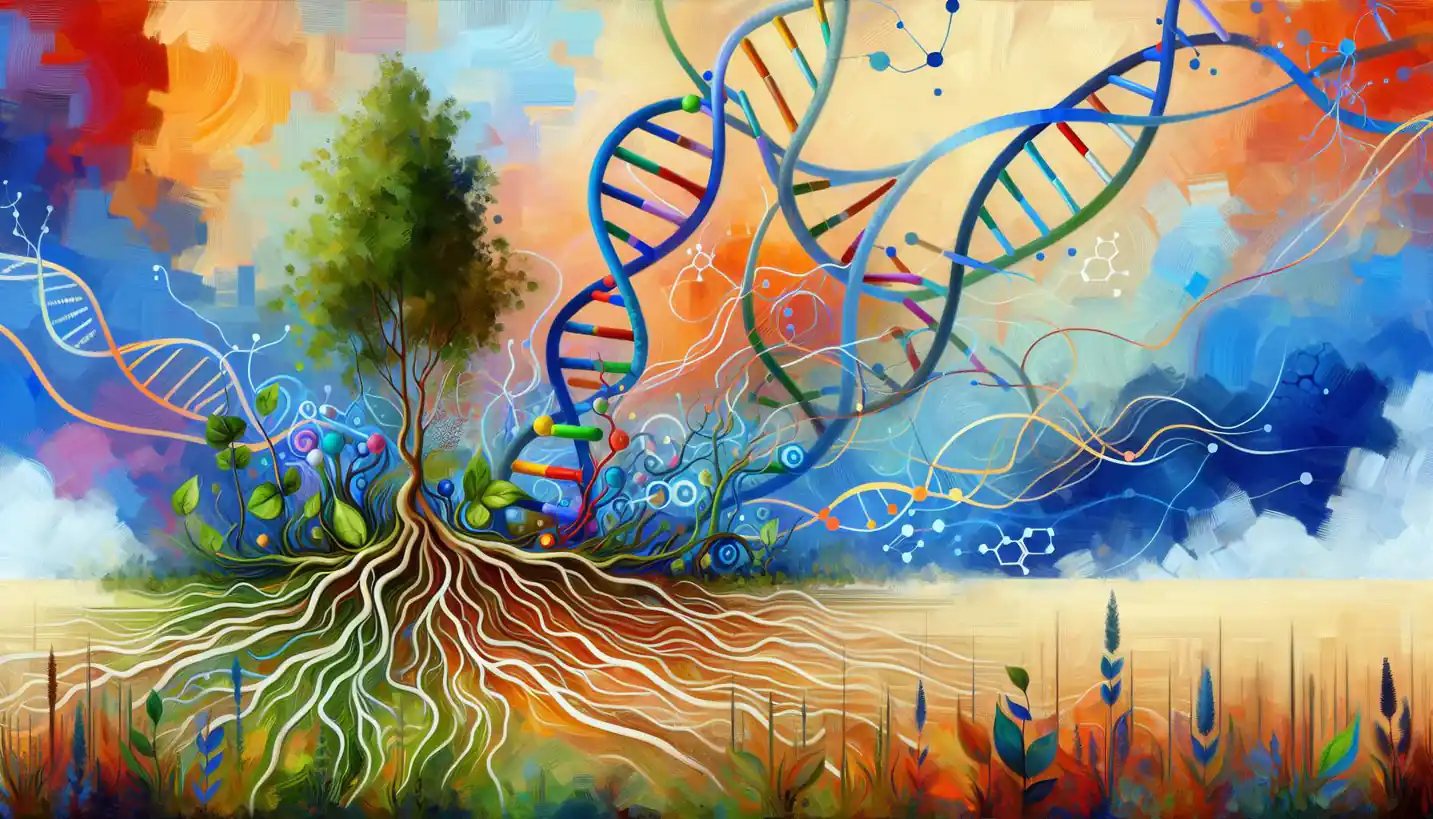· Biology · 4 min read
Habitable Zone: Discovering Life's Sweet Spot in Space
The habitable zone is the sweet spot where conditions might allow for life as we know it in the vastness of space. Discover how this zone guides the hunt for life-supporting planets.

Ah, the universe! It’s vast, mysterious, filled with stars, planets, and maybe, just maybe, other forms of life. Among the countless wonders of space, scientists are particularly curious about something called the “habitable zone.” Why? Because it’s where the magic of life might just come alive outside our cozy Earth.
What Is the Habitable Zone?
Let’s think about Goldilocks for a moment. Remember her quest for the porridge that was “just right”? The habitable zone, often called the “Goldilocks zone,” is a bit like that perfect bowl of porridge. It’s the region around a star where the conditions are just right for liquid water to exist on a planet’s surface. Not too hot, not too cold, but just right.
Why water? Well, here on Earth, water is the elixir of life. It’s the medium where life’s chemistry dances. So, when scientists look for potentially life-supporting planets, they’re really searching for worlds that have those liquid oceans or lakes where life as we know it could thrive.
The Science Behind the Zone
Now, the universe isn’t a one-size-fits-all kind of place. Different stars have different habitable zones. For instance, a massive, hot star will have its habitable zone much farther out than our Sun. Smaller, cooler stars, like red dwarfs, have their “just right” regions much closer in.
The trick is finding a balance where a planet isn’t roasted by its star’s rays but also doesn’t freeze into an icy wasteland. And believe it or not, finding that perfect spot means considering lots of factors – from the planet’s atmosphere to its orbit. Even a pretty view of the night sky can hint at possibilities, though the real work involves complex calculations and data analysis.
How Do We Find These Zones?
Telescopes, both on the ground and orbiting above us, are like our cosmic detectives. They watch for tiny dips in a star’s brightness, signifying that a planet is passing in front of it. This method, known as the transit method, helps astronomers identify potential planets within the habitable zone.
NASA’s Kepler Space Telescope has been a big player in this field, discovering thousands of exoplanets. The Transiting Exoplanet Survey Satellite (TESS) continues this quest, focusing on nearby stars. They’re searching for worlds where life might find a home, tucked safely within that Goldilocks zone.
Why Does the Habitable Zone Matter?
Imagine a cosmic map dotted with potential life-supporting planets. The habitable zone is our starting point on that map. It’s where we think life could exist, based on the only blueprint we know: Earth.
But here’s the kicker: The habitable zone isn’t a guarantee of life. It’s more like nature’s invitation. Other factors, like a planet’s atmosphere, magnetic field, and geological activity, play crucial roles in crafting a life-friendly environment.
And here’s where the intrigue deepens. What if life can exist outside the traditional habitable zone? Some moons in our solar system, like Europa and Enceladus, boast icy surfaces but may hold subsurface oceans, kept liquid by geothermal heat. Could these places host life forms? It’s a tantalizing question that pushes scientists to keep exploring.
Future Exploration
Our quest to find life has only just begun. Missions like the James Webb Space Telescope aim to peer deeper into the universe, inspecting distant planets and their atmospheres. Scientists hope to detect signs of life, like oxygen or methane, amidst the spectra of these far-off worlds.
Imagine the thrill of finding an atmosphere rich in compounds suggestive of biological activity! It would be a discovery for the ages, reshaping our understanding of life in the universe.
The Exciting Possibilities
The hunt for life beyond Earth, starting with the concept of the habitable zone, represents one of humanity’s most profound quests. It’s a quest driven by curiosity and the spirit of discovery. What if we’re not alone? What if life thrives in places unimaginable to us today?
Astrobiologists dream of the day we might find evidence of extraterrestrial life, whether it’s microbial or something grander. Such a discovery would expand our concept of life and inspire generations to explore even further.
Conclusion
The habitable zone is more than just a scientific term. It’s a gateway to possibility, a symbol of our search for companionship in the cosmos. With each discovery of a planet dancing around a distant star, we inch closer to answering the age-old question: Are we alone in the universe?
As we look to the stars, the habitable zone reminds us that while Earth is our home, the universe is our playground, filled with potential places where life, in all its wonder, might exist. So keep looking up, keep asking questions, and who knows? The next big discovery might be just around the cosmic corner.


